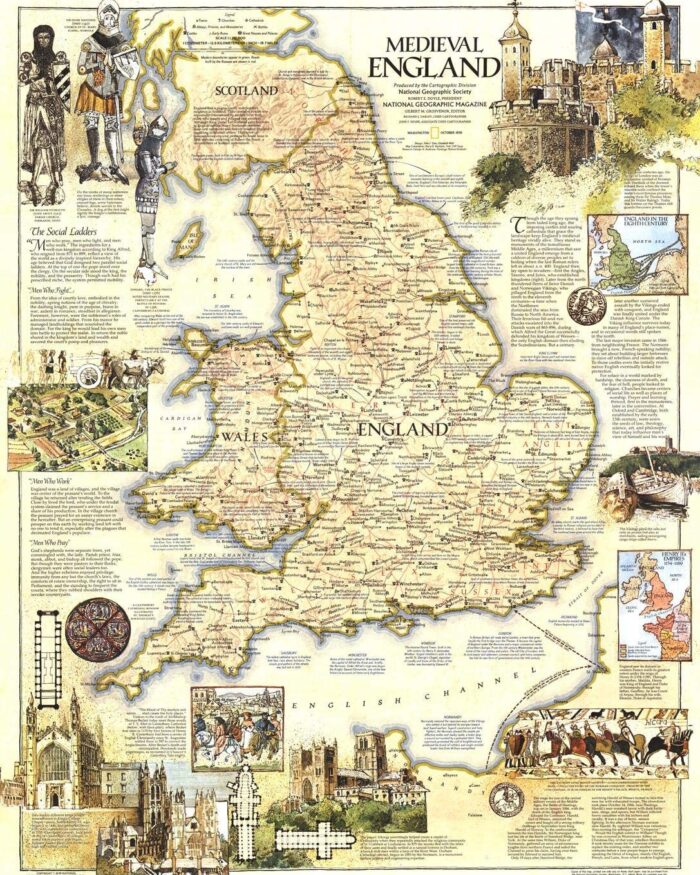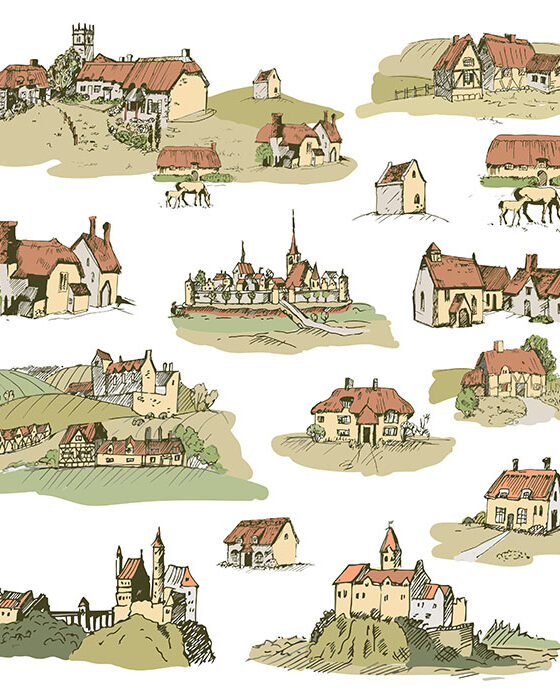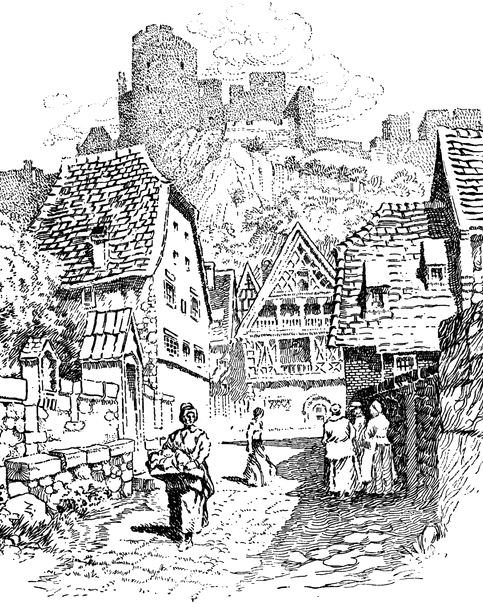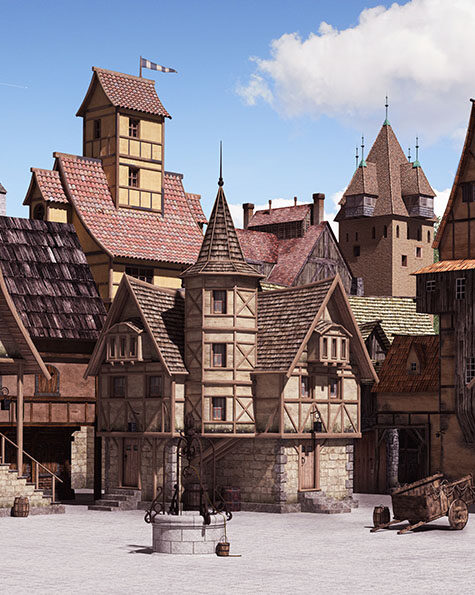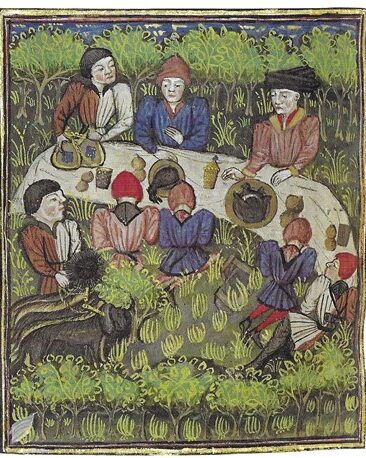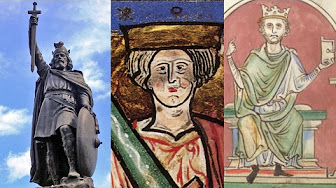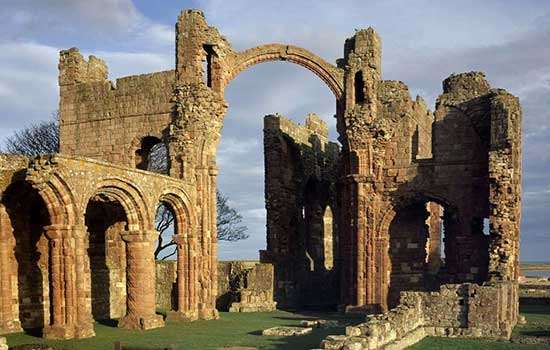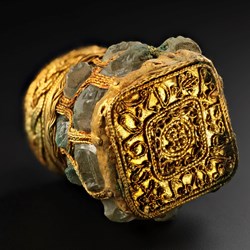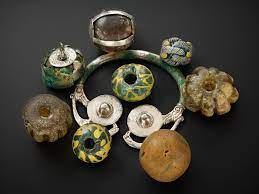Edward the Elder Continues the Fight Against the Vikings
Edward the Elder, birth 874 AD/crowned, 899 at age 25/death 924 at age 50/spouse, Ecgwynn (893 to 899) upon her death, married Ælfflæd; in 919 married Eadgifu
House: Wessex/Father, Alfred, King of Wessex/Mother, Ealhswith
Children: with Ecgwynne – Æthelstan, King of England 924–939; Edith
with Ælfflæd – Ælfweard, (died August 924, a month after his father); Edwin (drowned at sea 933); Æthelhild (lay sister at Wilton Abbey); Eadgifu (married Charles the Simple, King of the West Franks); Eadflæd (nun at Wilton Abbey); Eadhild (married Hugh the Great, Duke of the Franks in 926); Eadgyth (married Otto I, future King of the East Franks, and (after Eadgyth’s death) Holy Roman Emperor); Ælfgifu or Edgiva (married “a prince near the Alps”, perhaps Louis, brother of King Rudolph II of Burgundy)
with Eadgifu-Edmund I, (King of England 939–946); Eadred, (King of England 946–955); Eadburh (Benedictine nun at Nunnaminster, Winchester, and saint)
Reign: King of the Anglo-Saxons, 899-924
Alfred was succeeded in 899 by his son, Edward the Elder. Why was he called the Elder? What was “elder” about him? The answer would be nothing. He was twenty-five at the time of his accession and he died at the age of fifty. The explanation for the use of “Elder” is that an author writing about a century later referred to him as Edwardus senior to distinguish him from Edward the Martyr, King of England from 975 to 978.
Although Alfred is often referred to as the “founder of England,” it was Edward who was able to reconquer the Danish kingdoms of East Anglia and with it the smaller kingdoms of Essex, Sussex, and Kent in the Midlands. Also, for the first time, a Wessex king served as overlord of the Welsh kingdoms. Edward ruled from 899 to 924 AD and by the time of his death in 924, just Northumbria in the north remained under full Scandinavian control.
Scholars agree that Edward’s success could not have happened without the help of the eldest child of King Alfred the Great, his daughter Aethelflaed (870-918 AD). To cement cooperation between Wessex and Mercia, Alfred married Aethelflaed to Aethelred (Lord of Mercia, not to be confused with Aethelred, King of Wessex). She became the effective ruler of Mercia some years before the 911 AD death of her husband. While her brother Edward fortified the southeast Midlands from 910 to 916, Aethelflaed was building fortresses around Mercia. By 917, she and Edward were ready to launch a massive joint assault on the Danish positions. Aethelflaed quickly captured Derby, and in 918 she occupied Leicester, but she died before the campaign was successfully completed. Edward then claimed his sister’s kingdom and completed the subjugation of the Danes. Because Aethelflaed had extended her influence into Wales and parts of Northumbria, Edward was able to assert his authority over these regions as well. Thus, almost all of England came under his control thanks to his sister!
While his father, King Alfred had a significant impact on culture and social infrastructure during his reign, Edward’s biggest impact was his military prowess in the face of threats from Viking forces. He extended the tight mutually supporting system of burghal defense begun by Alfred the Great, building new burhs, for example at Hertford and Buckingham, and twin burghs at Bedford and Stamford. The burghal system was a network of fortresses, or burhs, distributed at strategic points throughout the kingdom. When Alfred died, there were thirty-three burhs spaced approximately thirty kilometres (19 miles) apart. This allowed the military to confront attacks anywhere in the kingdom within a single day.
Alfred’s burhs (later termed boroughs) consisted of massive earthen walls surrounded by wide ditches, reinforced with wooden revetments and palisades. The size of the burhs ranged from tiny outposts such as Pilton to large fortifications in established towns, the largest at Winchester. Many of the burhs were twin towns that straddled a river and connected by a fortified bridge, like those built by Charles the Bald a generation before. The double-burh blocked passage on the river, forcing Viking ships to navigate under a garrisoned bridge lined with men armed with stones, spears, or arrows. Other burhs were sited near fortified royal villas allowing the king better control over his strongholds.
Edward married three times and had thirteen children, three of whom would inherit the throne after his death. He died at Farndon in 924, from wounds in battle. He was buried in the New Minster at Winchester. Edward’s successor was his son Æthelstan.

